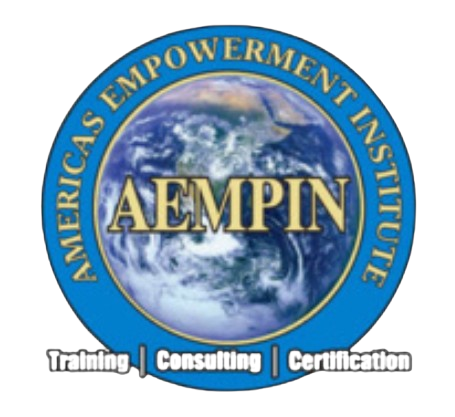

This course on Telecoms Code of Practice Regulation (6.0 CEUs) provides an in-depth understanding of the regulatory obligations and expectations in the telecommunications industry. It equips participants with the knowledge to interpret, enforce, and evaluate compliance with quality of service (QoS) standards and consumer protection frameworks. It is specifically tailored for regulatory agencies and telecom professionals operating in dynamic and consumer-sensitive environments.
The regulatory agency is empowered to establish minimum Quality of Service (QoS) standards in service delivery for the telecommunications industry. These QoS standards ensure that consumers continue to have access to high quality telecommunications service by setting basic minimum quality levels for all operators.
These standards define the lower and upper bounds of acceptability of such technical issues as transmission rates, error rates, call completion rates, etc., and commercial consumer issues such as access to customer care centers, billing integrity and other characteristics that can be measured and improved. In particular, this seminar is tailored to the application of consumer code of practice in telecommunications by regulatory bodies.
The objective of this course is to provide participants with the knowledge and practical skills to develop, implement, and enforce codes of practice that ensure high service quality and consumer protection in the telecoms sector.
This course is for Managers, Assistants Managers, Field Managers, Directors, Regulators, Administrative Managers, Commissioners, Board members, Staff members, and Secretaries.
Participants who successfully complete the Telecoms Code of Practice Regulation course (6.0 CEUs) will receive a Certificate of Completion. This certificate validates their comprehensive understanding of telecom regulatory frameworks, consumer protection mechanisms, and compliance principles. It demonstrates their readiness to enforce quality standards and contribute meaningfully to the telecommunications regulatory landscape, both locally and globally.